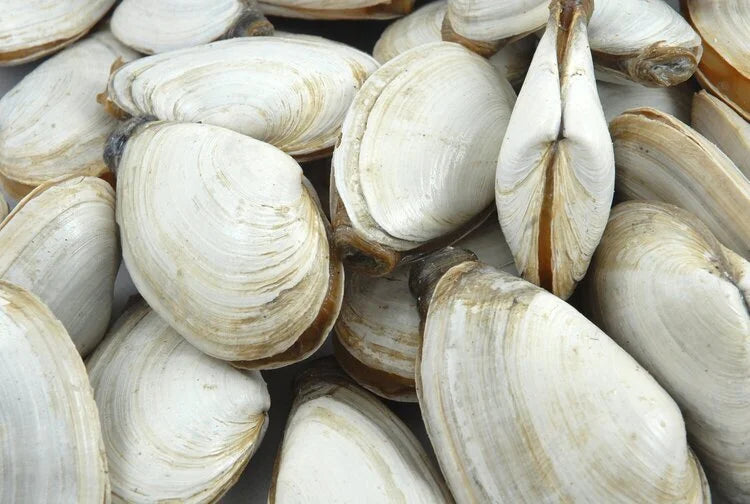Guide: Live Sea Urchins
Imagine biting into a delicacy that's been hand-picked from the cold, clear waters of the North Atlantic. That's the experience of enjoying fresh, New England sea urchin, or "uni." Known for its rich, creamy, and sweet flavor, this prized roe is a favorite among chefs and food lovers alike. But have you ever wondered where this culinary treasure comes from and how it makes its way to your table?
In New England, the sea urchin season is a highly anticipated time of year. While the rest of the country might be bundled up against the winter chill, dedicated divers are braving the frigid ocean to harvest these spiny jewels. From the rugged coastlines of Maine to the shores of Massachusetts, the journey of a New England sea urchin is a story of tradition, sustainability, and a deep respect for the ocean's bounty.
This post will take you through everything you need to know about preparing, storing, and savoring this incredible seasonal treat, starting with its unique origin story.

Seasonal
Live sea urchins are typically available from December through March in New England. They are a beloved delicacy, and this seasonal availability is a result of their natural life cycle and the fishing regulations in the region.
Where They Come From
The sea urchins found in New England waters, particularly in Maine and Massachusetts, are most often the Green Sea Urchin (Strongylocentrotus droebachiensis). These spiny creatures thrive in the cold, rocky bottoms of the North Atlantic Ocean.
How They Are Caught
Sea urchins in New England are harvested by divers. The divers descend to the ocean floor, where they hand-pick the urchins from their natural habitat. This method is preferred over dredging because it is more selective, ensuring that only the highest quality urchins are collected and minimizing damage to the delicate marine ecosystem. The divers place the urchins in nets or baskets, which are then brought to the surface. This labor-intensive process is a key reason for the freshness and quality of the product.
Storing Your Live Urchins
Once you receive your live sea urchins, you need to store them properly in your refrigerator until you're ready to eat them. The ideal temperature for storing live seafood is between 38°F and 42°F.
What to Avoid
- Don't put ice on them. Freshwater is not good for them.
- Don't seal them in a bag. They need oxygen, so sealing them will suffocate them.
- Don't store them in a warm or unrefrigerated environment.
When stored correctly in a refrigerated environment, sea urchins have a shelf life of 4-6 days. You can tell if an urchin is still good for consumption if its spines are standing up. If the spines are flat, the urchin is no longer good to eat.
How to Open Live Urchins
Once you're ready to enjoy your sea urchins, here's how to open them:
- Place the sea urchin flat side down on a sturdy surface near a sink.
- Using a large, sharp knife, carefully cut the urchin right down the middle.
- Once it's split in half, carefully retrieve the orange roe (also known as uni) and place it in a cup of water. You can then discard the shell.
- Gently clean the roe in the cup of water to remove any purple or black sediment. The roe should be soft and delicate but still firm enough to hold together.
- Serve the fresh uni as is, or however you prefer. It should have a creamy, sweet taste.




